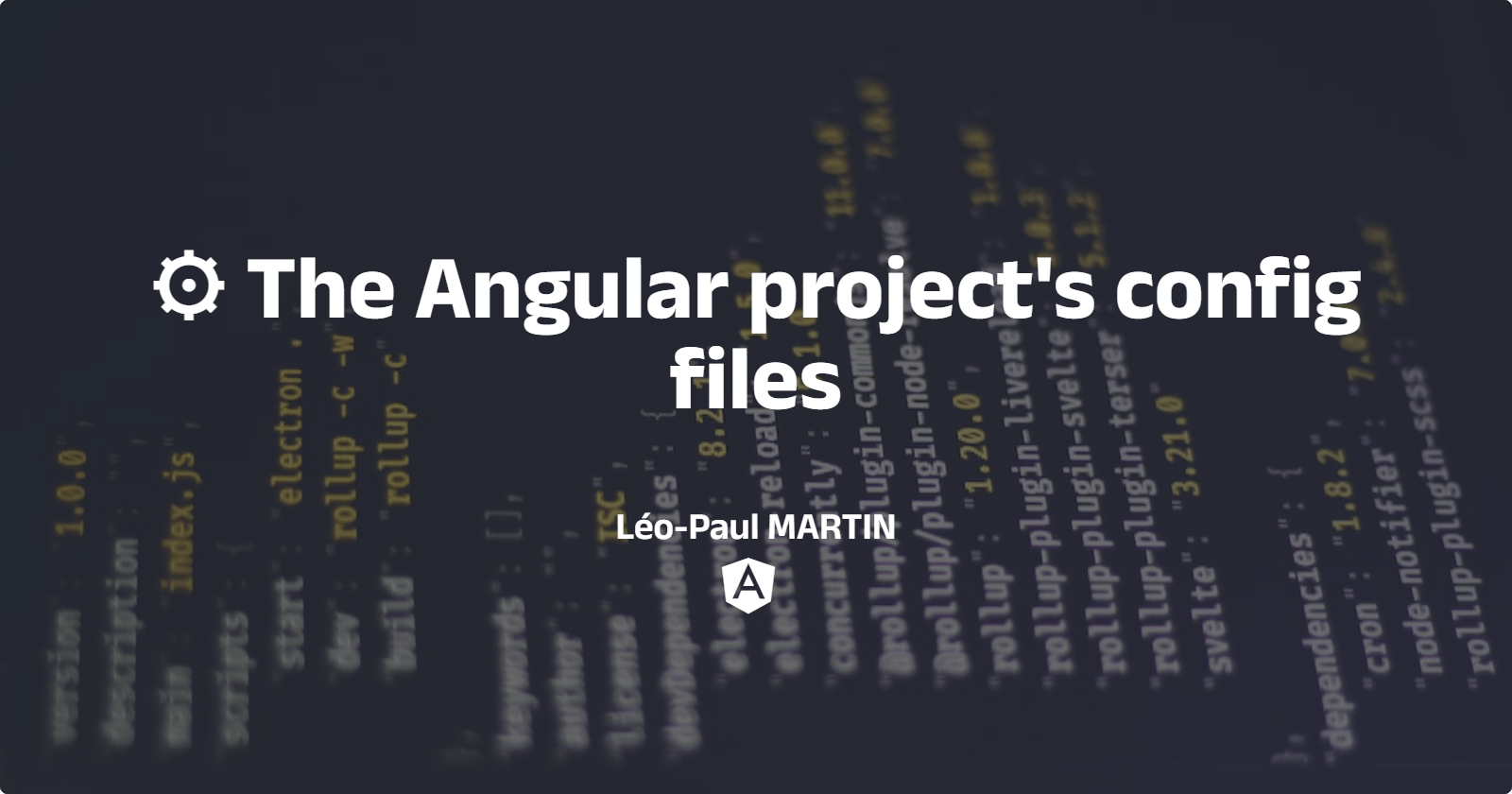Config files
The angular project comes with some config files ending with "rc" for "runcom/run commands". Those files are required to setup environment variables when running commands with those specific tools such as:
Husky
npm
node version manager (nvm)
eslint
prettier
lint-staged
conventional commit
Husky
Modern native git hooks made it easy to improve your commits and more.
lint commit messages
run tests
prettier and lint code when committing or pushing
Links
Settings
It requires the .git file position to install
/* package.json */
// for mono-repo
"prepare": "cd .. && husky install swipe-cs/.husky"
// for separate front/back repo
"prepare": "husky install"
// install in custom directory
"prepare": "husky install .config/husky"
Bypass hooks with tag --no-verify
git commit -m "yolo!" --no-verify
OR HUSKY=0 git push # yolo! inside the husky.sh script
if [ "$HUSKY" = "0" ]; then debug "HUSKY env variable is set to 0, skipping hook"
hooks filename important
commit-msg
pre-commit
pre-push
inside hooks files you can:
run locally installed binary
npx --no-install lint-stagednpx --no-install commitlint --edit $1($1 = commit message)
npm: Node Package Manager
npm is the world's largest software registry. Open source developers from every continent use npm to share and borrow packages, and many organizations use npm to manage private development as well.
The .npmrc file defines the settings on how NPM should behave when running commands
Links
Settings
3 levels of settings
The command line by passing a setting with the NPM command you want to run.
Through ENV variables
.npmrc or npm config command
Files: The four relevant files are:
per-project config file (/path/to/my/project/.npmrc)
per-user config file (~/.npmrc)
global config file ($PREFIX/etc/npmrc)
npm builtin config file (/path/to/npm/npmrc)
nvmrc: Node Version Manager
Nvm allows you to quickly install and use different versions of node via the command line.
The file .nvmrc is a compliant bash script to manage multiple active node.js versions
Links
Example
$ nvm use 16
Now using node v16.9.1 (npm v7.21.1)
$ node -v
v16.9.1
$ nvm use 14
Now using node v14.18.0 (npm v6.14.15)
$ node -v
v14.18.0
$ nvm install 12
Now using node v12.22.6 (npm v6.14.5)
$ node -v
v12.22.6
Eslint
The config files are .eslintrc and .eslintignore
Links
Settings
/* package.json */
"lint": "ng lint",
"lint": "eslint . --ext .ts",
"lint-and-fix": "eslint . --ext .ts --fix"
Prettier
The config files are .prettierrc .prettierignore
Links
https://prettier.io/docs/en/comparison.html (#not a linter)
Settings
/* package.json */
"format": "prettier --write "src/**/*"",
"formatconf": "prettier --write *",
/* prettierrc */
"endOfLine": "auto" // to avoid "crlf" issues when using lint-staged
Lint Staged
🚫💩 — Run linters on git staged files. The config file is .lintstagedrc
link
Conventional commit
The config file is .czrc
Links
https://github.com/commitizen/cz-cli http://commitizen.github.io/cz-cli/
https://dev.to/brayanarrieta/integrate-commitizen-with-your-node-js-project-53kf
https://www.npmjs.com/package/@digitalroute/cz-conventional-changelog-for-jira
https://github.com/digitalroute/cz-conventional-changelog-for-jira
settings
{ "path": "cz-conventional-changelog" }
This just tells Commitizen which adapter we want our contributors to use when they try to commit to this repo.

